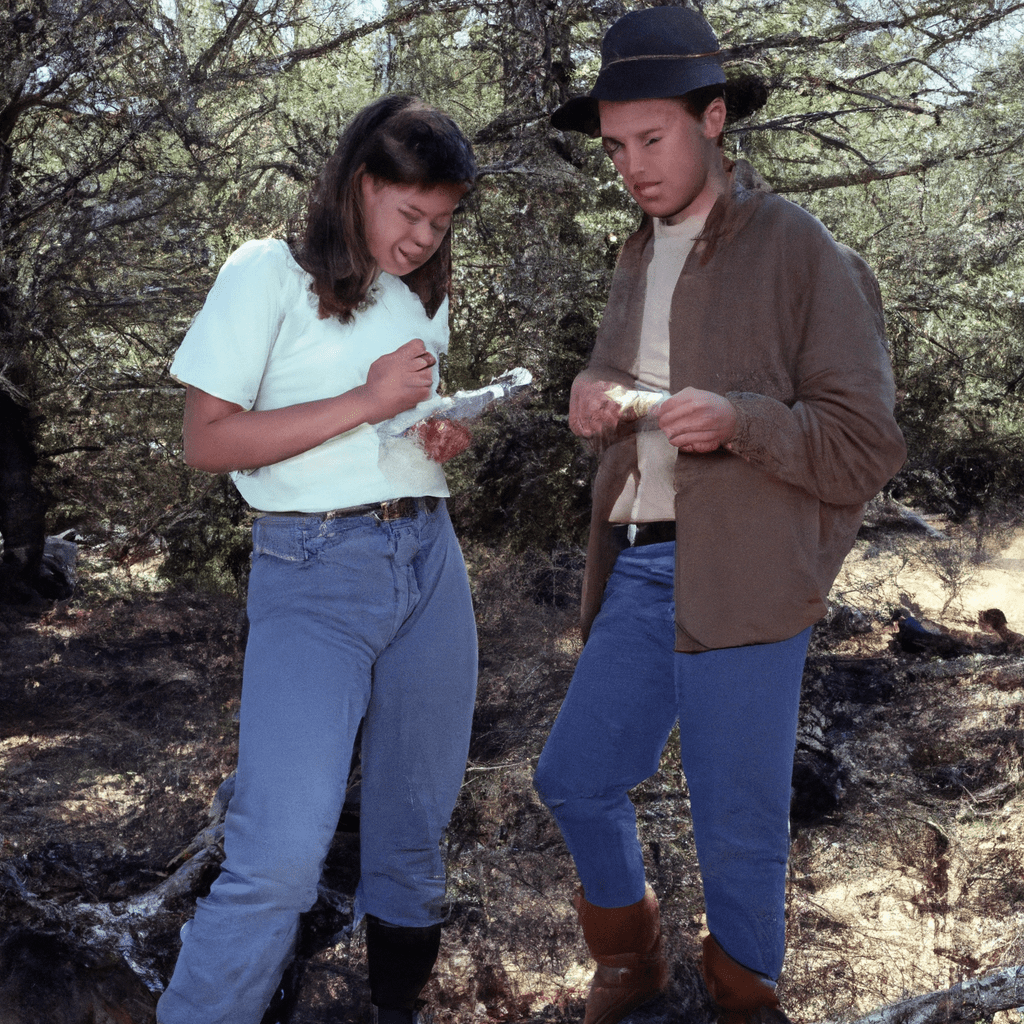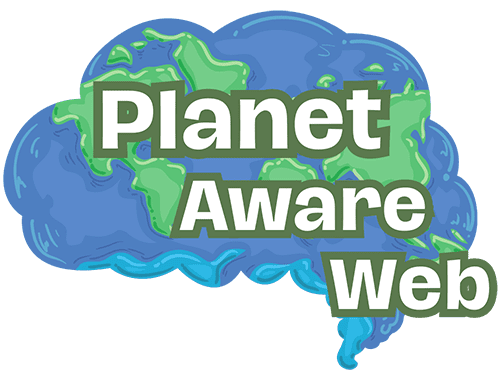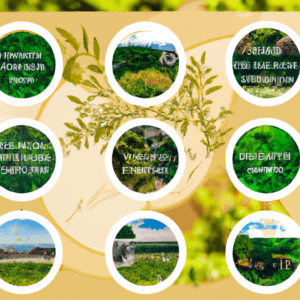Imagine living in a world where communities actively participate in protecting and conserving the environment, where apathy turns into action, and where individuals come together to make a meaningful impact. In the article “From Apathy To Action: Mobilizing Community Conservation Initiatives,” we will explore the inspiring initiatives that are transforming the landscape of conservation by engaging local communities. From small grassroots projects to large-scale endeavors, these community-driven efforts are not only making a difference but are also paving the way for a sustainable future. Get ready to be inspired and motivated to join the movement towards community conservation!


I. Understanding Apathy
A. Definition of apathy
Apathy refers to a lack of interest, enthusiasm, or concern towards a particular cause or issue. When individuals experience apathy, they often feel indifferent or disconnected, leading to a passive attitude and a lack of motivation to take action. In the context of community conservation initiatives, apathy can hinder progress and prevent the achievement of shared goals.
B. Causes of apathy
There are several factors that can contribute to apathy within a community. One common cause is a lack of awareness or understanding about the importance of conservation and its impact on the community at large. When individuals are not fully informed about the issues at hand, they may not see the relevance or urgency in taking action.
Additionally, personal circumstances and competing priorities can also contribute to apathy. Individuals may be facing their own challenges and struggles, leaving little mental or emotional capacity to engage in community conservation initiatives. Furthermore, the belief that individual actions will not make a significant difference can also lead to apathy, as people may feel that their efforts will be futile.
C. Impact of apathy on community conservation initiatives
Apathy can have profound negative effects on community conservation initiatives. It hinders progress and prevents the mobilization of collective action. When apathy is prevalent within a community, it becomes challenging to garner support for conservation efforts, leading to a lack of participation and engagement. Without the active involvement of community members, conservation initiatives may struggle to gain momentum and achieve their intended objectives.
II. Motivating Factors for Action
A. Awareness and education
One of the key factors in motivating individuals to take action is raising awareness and providing education about the importance of conservation. By providing information on the environmental, social, and economic benefits of conservation, individuals can develop a deeper understanding of the impact they can make. Awareness campaigns, workshops, and educational programs can play a crucial role in dispelling ignorance and fostering a sense of responsibility.
B. Personal connections and experiences
Personal connections and experiences are powerful motivators for action. When individuals have a personal stake in a conservation initiative, such as a connection to a specific species or ecosystem, they are more likely to engage and contribute. Sharing stories of how conservation efforts have positively impacted individuals’ lives can help cultivate empathy and inspire others to join the cause.
C. Incentives and rewards
Incentives and rewards can provide a tangible motivation for individuals to participate in community conservation initiatives. Offering incentives such as discounts, recognition, or access to exclusive events can encourage active involvement and make individuals feel valued for their contributions. Furthermore, rewards can help sustain motivation over the long term and reinforce a culture of action within the community.
D. Inspiring and effective leadership
Leadership plays a crucial role in motivating individuals to take action. Inspiring and effective leaders who are passionate about conservation can rally support, set clear goals, and provide guidance and direction. By leading by example, these leaders can inspire others to get involved and create a ripple effect of action within the community.
III. Role of Community Engagement
A. Building a sense of community
Building a sense of community is essential in fostering a culture of action. By creating a welcoming and inclusive environment, individuals are more likely to feel connected and invested in community conservation initiatives. Community events, gatherings, and forums can provide opportunities for people to come together, share ideas, and collaborate on conservation projects.
B. Encouraging active participation
Encouraging active participation is crucial in mobilizing community conservation initiatives. Providing opportunities for individuals to contribute their skills, knowledge, and expertise can empower them and make them feel valued. Engaging community members through volunteer programs, citizen science projects, and community-led initiatives can promote a sense of ownership and commitment to conservation efforts.
C. Establishing strong social networks
Establishing strong social networks can significantly impact the success of community conservation initiatives. By connecting individuals with shared interests and goals, social networks can provide a platform for collaboration, knowledge sharing, and support. Online platforms and community forums can facilitate communication and interaction, allowing community members to stay connected and engaged.
D. Promoting inclusivity and diversity
Promoting inclusivity and diversity is vital in ensuring a broad range of perspectives and experiences are represented within community conservation initiatives. Acknowledging and celebrating diversity can help break down barriers, foster understanding, and increase participation. By creating an inclusive environment that embraces different cultures, backgrounds, and abilities, community conservation initiatives can tap into a wider range of talents and ideas.
IV. Effective Communication Strategies
A. Utilizing various communication channels
Effective communication is a fundamental aspect of mobilizing community conservation initiatives. Utilizing a variety of communication channels, such as websites, social media platforms, newsletters, and community bulletin boards, can help reach a wider audience. By tailoring messages to different platforms, community members can stay informed and engaged through their preferred communication channels.
B. Tailoring messages to target audience
Tailoring messages to the target audience is essential to ensure effective communication. Understanding the needs, interests, and values of different individuals or groups within the community can help tailor messages that resonate and motivate action. By using language, visuals, and examples that are relatable and relevant, community members are more likely to pay attention and connect with the conservation initiatives.
C. Incorporating storytelling
Storytelling is a powerful tool in communicating the significance and impact of community conservation initiatives. Sharing personal stories of individuals who have been positively affected by conservation efforts can evoke emotions, create empathy, and inspire action. By highlighting the human aspect of conservation, storytelling enables community members to see themselves as active participants and agents of change.
D. Leveraging social media and technology
In today’s digital age, social media platforms and technology can play a significant role in mobilizing community conservation initiatives. Leveraging platforms such as Facebook, Twitter, and Instagram can help raise awareness, connect with community members, and showcase the progress and achievements of conservation initiatives. Additionally, technology tools like mobile applications and online platforms can facilitate community engagement, data collection, and collaboration.


V. Collaborative Partnerships
A. Importance of collaborations
Collaborative partnerships are crucial in mobilizing community conservation initiatives. By joining forces with like-minded organizations, businesses, and community groups, conservation initiatives can leverage shared resources, knowledge, and expertise. Collaborations foster a sense of collective responsibility and can amplify the impact of conservation efforts.
B. Engaging local businesses and organizations
Engaging local businesses and organizations can create opportunities for mutual support and collaboration. Local businesses can provide resources, funding, and expertise, while community organizations can offer a platform for community engagement and involvement. By initiating partnerships with these entities, community conservation initiatives can tap into existing networks and broaden their reach.
C. Forming partnerships with government agencies
Forming partnerships with government agencies is essential in facilitating community conservation initiatives. Government agencies often have access to resources, funding, and regulatory authority that can support and strengthen conservation efforts. By collaborating with these agencies, community initiatives can navigate bureaucratic processes, access funding opportunities, and ensure the long-term sustainability of their projects.
D. Leveraging academic institutions and researchers
Academic institutions and researchers can play a valuable role in community conservation initiatives. By partnering with universities and research institutions, community initiatives can tap into scientific expertise, data analysis, and research findings. Collaboration with academia can provide evidence-based insights and strengthen the credibility of conservation initiatives.
VI. Empowering Local Leadership
A. Identifying and training community leaders
Identifying and training community leaders is crucial in mobilizing community conservation initiatives. These leaders serve as role models, advocates, and catalysts for change within their communities. By identifying individuals with a passion for conservation and providing them with training and support, community initiatives can empower these leaders to drive action and inspire others.
B. Building leadership skills and capacity
Building leadership skills and capacity is essential in ensuring the long-term success of community conservation initiatives. Providing leadership development opportunities, mentorship programs, and training workshops can enhance the skills and capabilities of community leaders. By strengthening their leadership abilities, these individuals can effectively mobilize and guide community members towards sustainable conservation goals.
C. Promoting sustainable succession planning
Promoting sustainable succession planning is crucial to ensure the continued progress of community conservation initiatives. By actively involving and training the next generation of leaders, initiatives can ensure a smooth transition of responsibilities and the preservation of institutional knowledge. By promoting a culture of continuity and mentorship, initiatives can sustain momentum and prevent a lapse in leadership.
D. Recognizing and celebrating local achievements
Recognizing and celebrating local achievements is essential in nurturing a culture of action within the community. By publicly acknowledging and appreciating the efforts and successes of individuals and groups, community initiatives can motivate continued engagement and inspire others to get involved. Recognition can take the form of awards, certificates, or public appreciation events, reinforcing the value and importance of community conservation.


VII. Funding and Resources
A. Exploring grant opportunities
Exploring grant opportunities is essential in securing the financial resources needed for community conservation initiatives. Conducting thorough research to identify relevant grants and developing competitive proposals can increase the chances of receiving funding. By diversifying funding sources and seeking grants from both governmental and non-governmental organizations, initiatives can ensure the sustainability of their projects.
B. Seeking corporate sponsorships and donations
Seeking corporate sponsorships and donations can provide an additional avenue for funding community conservation initiatives. Engaging with local businesses and corporations, highlighting the synergies between conservation goals and their corporate social responsibility initiatives, can lead to financial support and in-kind contributions. Building relationships with potential sponsors and donors can create long-term partnerships and facilitate ongoing support.
C. Implementing crowdfunding campaigns
Implementing crowdfunding campaigns can harness the power of collective support within the community. Online platforms dedicated to crowdfunding provide opportunities for individuals to contribute small amounts of money towards a specific conservation project. By effectively communicating the objectives, impact, and urgency of the campaign, community initiatives can rally support and raise the necessary funds.
D. Utilizing in-kind support and volunteerism
In-kind support and volunteerism can be invaluable resources for community conservation initiatives. Utilizing the skills, expertise, and time of community members can significantly reduce costs and strengthen the impact of initiatives. Mobilizing volunteers to assist with activities such as tree planting, habitat restoration, or educational programs not only increases the workforce but also fosters a sense of ownership and pride within the community.
VIII. Monitoring and Evaluation
A. Establishing indicators and benchmarks
Establishing indicators and benchmarks is crucial for effectively monitoring and evaluating the progress of community conservation initiatives. By defining specific, measurable, achievable, relevant, and time-bound (SMART) objectives, initiatives can track their performance and determine the success of their efforts. Indicators and benchmarks provide a framework for assessing the impact and effectiveness of initiatives.
B. Collecting and analyzing data
Collecting and analyzing data is a vital component of monitoring and evaluation. This involves systematically gathering relevant information on various aspects of conservation initiatives, such as participation rates, behavioral changes, and ecological outcomes. By utilizing surveys, interviews, and scientific methods, initiatives can gain insights into the effectiveness of their strategies and make data-driven decisions.
C. Evaluating the effectiveness of initiatives
Evaluating the effectiveness of initiatives allows for continuous improvement and optimization of community conservation efforts. By critically analyzing the data collected, initiatives can identify areas of success, as well as areas that require improvement or adjustment. Evaluation provides valuable insights into what strategies are effective, what needs to be refined, and what new approaches should be considered.
D. Making necessary adjustments and improvements
Based on the findings from the evaluation process, community conservation initiatives can make necessary adjustments and improvements. This may include modifying communication strategies, optimizing resource allocation, or altering project timelines. By embracing a continuous learning and improvement mindset, initiatives can adapt to challenges and capitalize on opportunities, ultimately increasing the impact of their efforts.


IX. Overcoming Challenges and Obstacles
A. Addressing skepticism and pessimism
Addressing skepticism and pessimism is crucial for overcoming apathy within the community. Highlighting success stories, sharing positive outcomes, and providing evidence of the impact of community conservation initiatives can help counter negative attitudes. Engaging in open dialogues and addressing concerns can foster trust and encourage individuals to re-evaluate their perceptions.
B. Tackling resource limitations and constraints
Tackling resource limitations and constraints requires creative problem-solving and collaboration. Initiatives can explore alternative funding sources, seek in-kind donations, or engage in partnerships to access additional resources. Additionally, optimizing resource allocation and prioritizing activities based on impact can help maximize the effectiveness of limited resources.
C. Managing conflicts and disagreements
Managing conflicts and disagreements is essential for maintaining a cohesive and productive community conservation initiative. Open and respectful communication, active listening, and consensus-building techniques can help navigate disagreements and foster mutually beneficial solutions. By addressing conflicts early on and embracing diversity of opinions, community initiatives can prevent the escalation of tension and maintain positive momentum.
D. Navigating bureaucratic hurdles
Navigating bureaucratic hurdles can pose challenges to community conservation initiatives. Building relationships with government agencies, understanding regulatory processes, and leveraging partnerships can streamline bureaucratic processes. Engaging in advocacy and seeking policy changes can also facilitate smoother implementation of initiatives. By persistently working through bureaucratic hurdles, initiatives can ensure the necessary approvals and permits are obtained for their projects.
X. Celebrating Success and Sustaining Momentum
A. Recognizing and sharing success stories
Recognizing and sharing success stories is essential for celebrating achievements within the community. Highlighting individuals and groups who have made significant contributions to conservation efforts can inspire others and reinforce the culture of action. Sharing success stories through newsletters, social media platforms, and community events can also raise awareness and foster a sense of pride within the community.
B. Engaging the wider community
Engaging the wider community is vital in sustaining momentum for community conservation initiatives. Collaborating with schools, local organizations, and faith-based groups can broaden the reach of initiatives and promote engagement from diverse segments of the community. By organizing public awareness campaigns, events, and competitions, initiatives can invite broader participation and inspire ongoing commitment to conservation efforts.
C. Ensuring long-term commitment to conservation
Ensuring long-term commitment to conservation requires a multi-faceted approach. Initiatives can establish mentorship programs, educational initiatives, and community-led projects to instill a sense of responsibility and stewardship among the community members. By embedding conservation practices into daily routines, initiatives can create lasting behavioral changes and ensure the continuity of efforts beyond the lifespan of individual projects.
D. Continuously fostering a culture of action
Fostering a culture of action within the community is crucial for sustaining momentum in community conservation initiatives. Regular communication, engagement, and awareness campaigns can help embed a sense of responsibility and a shared vision for conservation. By continuously reinforcing the importance of individual contributions and collective efforts, initiatives can create an enduring culture of action that transcends apathy and drives lasting change.
In conclusion, mobilizing community conservation initiatives requires a multi-faceted and collaborative approach. By understanding and addressing apathy, motivating individuals through awareness, personal connections, incentives, and inspiring leadership, community engagement can be fostered. Effective communication strategies, collaborative partnerships, empowering local leadership, securing funding and resources, monitoring and evaluation, overcoming challenges, and celebrating success are vital in mobilizing the community towards long-term commitment to conservation. Through these efforts, apathy can be transformed into action, enabling communities to actively contribute to the preservation of their environment, wildlife, and natural resources.













